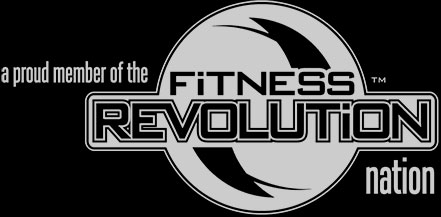If there is one thing that has drastically changed the most since I became a coach, it is how I watch sports. Don’t get me wrong, I still get insanely jacked up when my team scores or makes a big play, but my spectating does not stop there. Instead, I am analyzing mechanics such as arm swing, knee drive, posture, hip level, etc., etc. This is partially due to the fact I am analyzing mechanics for hours a day 5-6 days a week with my athletes, so it just happens without me even realizing it at times. Also, while watching games, I am thinking to myself, “How can I make that situation into a drill?”
For example, I was watching a high school lacrosse game, and I instantly noticed how much the defenders were over-pursuing attackers crossing midfield. Fast forward two weeks later, and I am implementing a drill directly linked to helping with that problem. Not a lacrosse specific drill, per se, but rather a defensive specific drill involving acceleration, deceleration, change of direction paired with defensive reactivity. It would apply to any team-based sport involving an opponent.
My point with this is all of our drills have purpose to them. Anyone can throw some cones down and do some fancy agility drill that looks cool, but is there purpose behind that fancy drill? Drills must be meaningful and must match the demands of what they will be experiencing on the playing field. When we implement drills, we know there will be direct transfer to what they will experience during competition. The question we always have to ask ourselves as coaches is, “What is there purpose behind this protocol, or will it simply be mindless repetition?”
For example, we have skill days strictly devoted to offensive cutting that we do quite often. That is the major skill set we are covering, however there are a number of different cuts utilized to create space. One of these is what we term as a spin cut. If you happened to catch the Ohio State vs Virginia Tech game in the season opener this year, you saw this exact cut when Braxton Miller broke some ankles on his way to a touchdown. This was a fantastic example of how we tailor our skill protocols to result in direct transfer to competition. Here are two videos to illustrate what I am talking about:
For coaching purposes, here is what a spin cut drill may look like:
This is a pretty big deal around here. We always discuss the importance of teaching the skill, not the drill, although the two are linked together.

